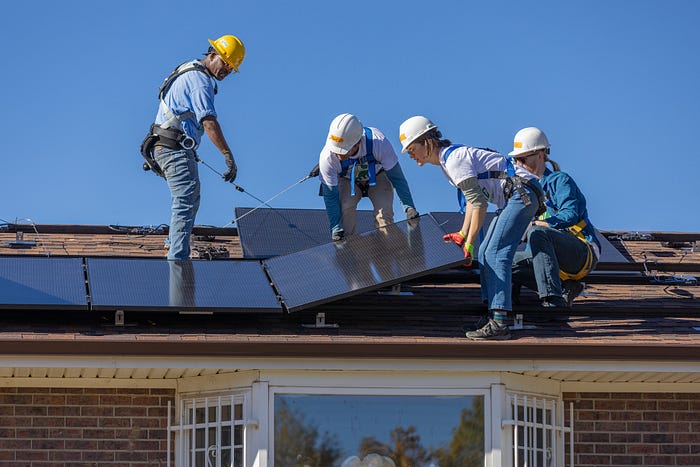Top Tips for Solar Panel Installation
Switching to solar energy is no niche upgrade — there is a good investment in cutting power bills and carbon emissions. Yet, a solar panel installation needs careful planning. Whether you are considering the cost of the solar panel or comparing solar systems for residential use, an effective way will help to increase savings and efficiency. These expert-vetted tips will help you in the success of your rooftop solar project.

- Evaluate Your Home Energy Profile
First, evaluate your past 12 months of energy bills. Kilowatt-hour consumption can give the size needed by solar panels for home and help estimate the rooftop solar payback period, one way or another. A perfect audit will also identify seasonal highs, enabling you to design a system that will not leave you with less power.
2. Go for Minimum-Efficiency — Pick the Right Panel Type
All modules are not equal. Monocrystalline types deliver maximum solar panel efficiency, whereas polycrystalline and thin-film panels compromise a bit of performance for a lower price. Match panel specifications to the roof space and sunlight hours available to avoid paying for output you’ll never use.
3. Visualise Ideal Roof Orientation
Arrays facing south (north in the Southern Hemisphere) tilted at your local altitude capture maximum sunlight. Use free online tools or a professional shading analysis to check that chimneys, trees, and neighbouring buildings won’t cast long shadows on your array.
4. Budget for More Than Hardware
Hardware prices get all the headlines, but the rooftop solar panel cost also covers racking, wiring, permits, and labour. Ask the installers for breakdowns so you can identify an unjustified margin.
5. Use an Installation Manual
If you want to learn about solar panel installation, look for a reputable solar installation manual. Some of the key steps include setting roof anchors, mounting rails, attaching panels, running conduit, tying in the inverter, and inspections. Knowing how to install solar panels step by step will allow you to check the installer for quality workmanship or even build it yourself, if local regulations permit.
6. Emphasise Wiring and Inverter Location
Install the inverter in a cool, shaded location. Keep DC cables short to minimise line losses. Label clearly every disconnect inside the main panel to meet code and ease future solar panel maintenance.
7. Balance the Pros and Cons
The pros and cons of solar panels come down to economics and aesthetics. Pros: utility bills, resilience to disasters with batteries, increased property value, and a good thing for the environment. Cons: Solar panel installation costs are huge, and remember, an unshaded roof is a must. Do the math on a solar solution, which one wins for your household?
8. Plan for Upkeep
They require little maintenance, apart from some essential upkeep. Hose down rates once a year, then get an electrical inspection every five years to ensure that they are working according to nameplate ratings. Track output monthly; any sudden drops indicate dirt on panels, loose wiring, or perhaps a failing inverter.
Conclusion
The solar gains last for decades if set up right. Auditing usage, choosing efficient hardware, orienting correctly, using solar power incentives, and maintenance maximise returns on your clean-energy investment. For personalised solar advice or turkey quoting, visit Bhoodarsh Saurhakti to benefit from their 360° services, ensuring a seamless solar experience.

Comments
Post a Comment